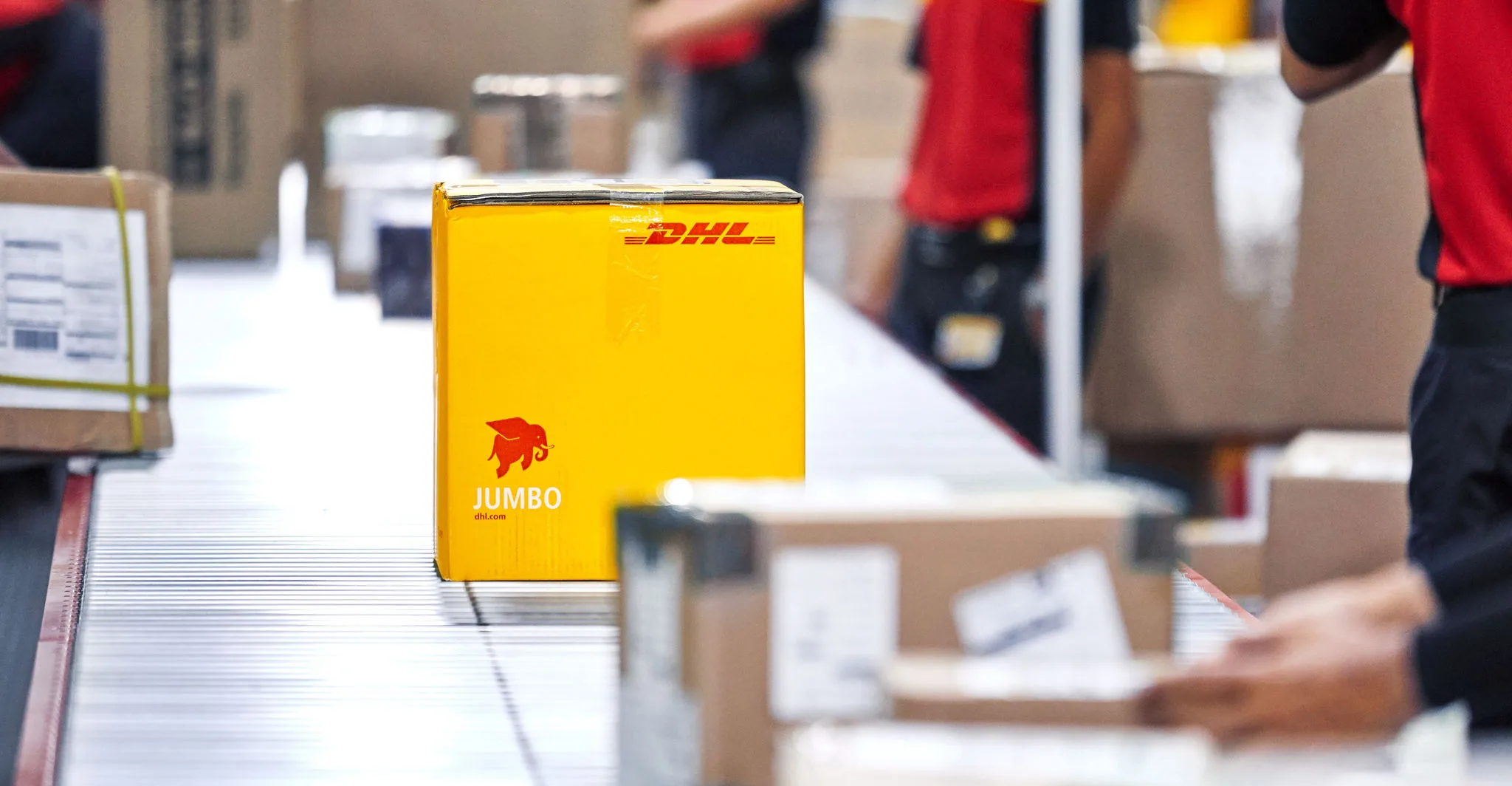What is social commerce and how does it work?
Social commerce is the process of selling products directly through social media platforms, where the entire customer journey, from discovery to checkout, takes place without leaving the site. This process is also often referred to as social selling.
Social commerce vs. e-commerce
While social commerce may appear similar to e-commerce, the two differ in the customer journeys involved:
- E-commerce platforms focus on transactions via dedicated storefronts. For instance, Shopify and Shopee are marketplaces on which businesses can list products for customers to browse and purchase.
- Social commerce platforms enable shopping natively within the social feed itself. For example, Facebook and Instagram enable shoppers to buy products directly through Facebook Marketplace and Instagram Shops, respectively.
Malaysia has a high number of engaged social media users, with 15.68 million on Instagram, 24.87 million on Facebook, and 17.76 million on TikTok2, 3, 4. As such, brands that capture the attention of these users through social media selling platforms can broaden their outreach more successfully.
Here are the six leading social media selling platforms to consider:
1. LinkedIn
























































